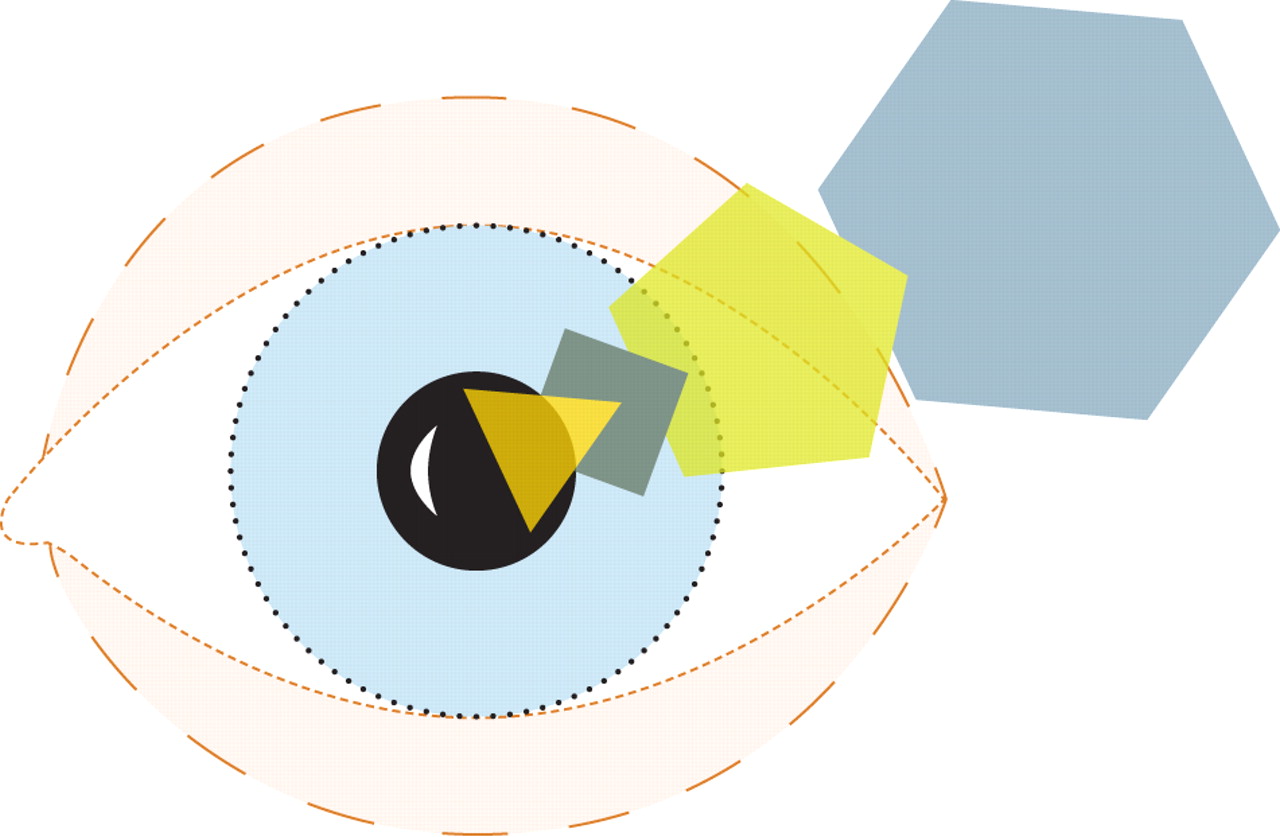Toddler Visual Preferences Suggest Target for Early Autism Screening
Abstract
To get crucial treatment to children with autism as soon as possible, early diagnosis of the disorder is needed. Unfortunately, there are no easy and accurate ways to diagnose autism before age 2.
However, a study reported in the September Archives of General Psychiatry suggests that a preference for viewing geometric patterns may be a long-sought autism diagnosis tool.

Individuals with autism have been found to have strong visuospatial abilities. For example, children with autism are faster at finding a hidden object in an embedded-figure task than typically developing children are. Adults with autism are better at remembering geometric patterns they have seen than are other adults. Consequently, Karen Pierce, Ph.D., of the University of California, San Diego, Autism Center of Excellence, and her colleagues wondered whether toddlers with autism might prefer to look at geometric patterns rather than at people, the latter being toddlers' normal preference.
The study they undertook to test this theory included 110 toddlers aged 14 to 42 months—37 with known autism spectrum disorder, 51 typically developing toddlers (a control group), and 22 toddlers with language delay or global developmental delay but not autism (a contrast group).
(The researchers were not sure at the time of their investigation whether several of the toddlers in the autism group actually had autism since they were only 1 year old. But a follow-up several years later confirmed that they did have the disorder.)
While sitting on their parents' laps, toddlers in the three groups were presented with a one-minute movie that depicted moving geometric patterns on one side of the video monitor and physically active children on the other side. The researchers tracked the toddlers' eye movements while they watched the movie. After that, the researchers compared the amount of time each toddler group had spent looking at the geometric patterns or at the active children.
The autism spectrum group spent significantly more time looking at geometric patterns than the other two groups did. Forty percent of the autism group spent greater than 50 percent of viewing time fixated on geometric patterns in contrast to only 2 percent of typically developing toddlers and 9 percent of toddlers with developmental delay. Moreover, if a toddler spent more than 69 percent of his or her time looking at geometric patterns, then the positive predictive value for accurately classifying him or her as having autism was 100 percent.
But not all toddlers with autism preferred looking at geometric patterns, the researchers found. Although 40 percent did, 60 percent did not.
Thus, “the present study provides strong evidence that some infants at risk for an autism spectrum disorder begin life with an unusual preference for geometric repetition,” and a preference for such patterns might be a simple way to detect autism in such infants, they concluded.
“We believe that it might be easy to capture this preference using relatively inexpensive techniques in mainstream clinical settings such as a pediatrician's office,” they proposed. “We also believe that infants identified as exhibiting preferences for geometric repetition are excellent candidates for further developmental evaluation and possible early treatment.”
The study was funded by the National Institute of Mental Health.
An abstract of “Preference of Geometric Patterns Early in Life as a Risk Factor for autism” is posted at <http://archpsyc.ama-assn.org/cgi/content/short/archgenpsychiatry.2010.113>.



